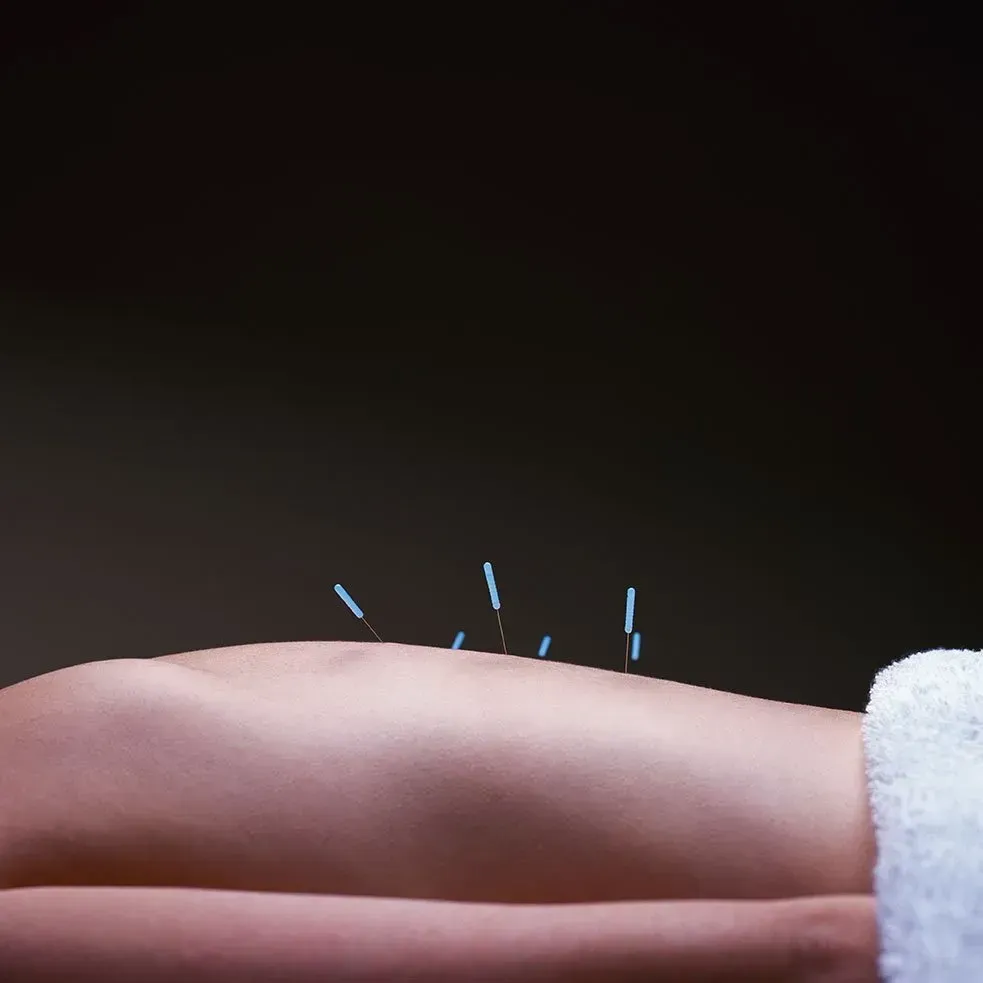Five Myths And Misconceptions About Acupuncture Therapy

You're probably familiar with acupuncture, the ancient Chinese medical practice that involves inserting needles along various points in the body in an effort to redirect the flow of energy, or chi.
But what you think you know about this alternative medical treatment may not be correct. There are a lot of myths and misconceptions about acupuncture therapy. In some cases, these misconceptions prevent patients from seeking a treatment that could be very helpful.
Take a look at some of the most common myths and misconceptions about acupuncture so that you can make a more informed decision as to whether or not this therapy is right for you.
Myth #1: Acupuncture Is Painful
If you've ever poked yourself with a sewing needle, you might assume acupuncture would cause the same type of sharp pain. However, the needles used in acupuncture are much thinner than sewing needles, and they are very carefully inserted at the correct depth and with a gentle touch. Some patients feel absolutely nothing when they are inserted. Others report feeling a tiny pinching or pricking sensation - but never serious pain.
Myth #2: Acupuncture Is Dangerous
Acupuncture could be dangerous if you seek treatment by an unlicensed, inexperienced individual. Inserting the needles too deeply could damage an organ, and failing to use sterile needles could result in an infection.
Thankfully, all of these risks can be mitigated by seeking treatment from only licensed, experienced acupuncturists. They are trained to only use sterile needles and to only push the needles in as far as is necessary for treatment. Serious side effects are very, very rare in the hands of a true professional like those at Deep River Wellness Center.
Myth #3: Acupuncture Is Ineffective
It's true that there are some studies showing acupuncture to be ineffective. But there are also many studies demonstrating how effective it really is at relieving pain. Few treatments, whether conventional or alternative, are proven effective by every single study ever conducted. So mixed evidence for acupuncture is to be expected.
In 2012, one well-designed study financed by the National Institute of Health collected data from over 18,000 patients and found acupuncture to be effective at reducing pain from migraines and arthritis. This large, carefully planned study carries more weight than smaller, less extensive studies that may fail to show results due to biased participant selection or a short duration.
Myth #4: Acupuncture Is Outdated
Acupuncture has been in practice for thousands of years, and that leads some people to assume that it should be replaced by more modern methods. But often when a treatment has been used for so long, it's because it really works. In fact, modern medical authorities are becoming more accepting of and familiar with the benefits of acupuncture.
The World Health Organization recently published a list of 31 conditions that can effectively be treated by acupuncture. These include sciatica, back pain, neck pain, TMJ pain, morning sickness, headaches, sprains, knee pain and even rheumatoid arthritis. The National Institutes of Health also support the use of acupuncture for pain relief.
Myth #5: Chi Isn't Real
Chi, as ancient Chinese practitioners called it, may just have been a way of describing what scientists now call nerve pulses. Though modern scientists do not quite understand how acupuncture works, a common theory is that the needles alter the pathways of nerve impulses throughout the body. This is not so different from the theory of chi - just presented in more modern language.
If you are still not sure whether acupuncture is right for you, the best way to find out is to give it a try. Acupuncture is safe and painless, and once you try it, you'll probably agree with the many other satisfied patients who find it effective. Contact Deep River Wellness Center to further discuss your needs and schedule your first appointment.
BUSINESS HOURS
- Mon - Thu
- - -
- Fri - Sun
- Closed
We are closed from 12p-1p for lunch.





OUR LOCATION


